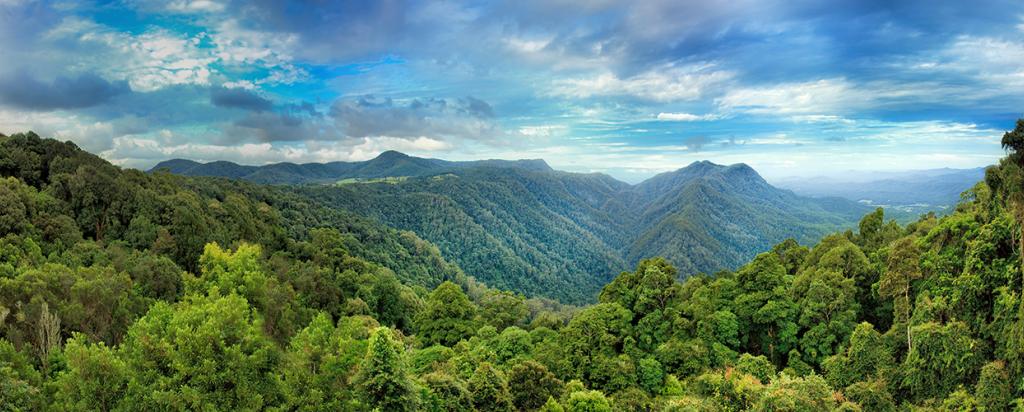
Key Points
-
A continuous record of global temperatures dating back 12,000 years that is linked to regional areas provides an important resource for understanding current climatic changes
-
AN ANSTO environmental scientist assisted with locating records from the Australia and New Zealand zone for the database
-
The publicly available online resource includes quality-controlled, published, proxy records from lake and ocean sediment, peak and glacial ice among others directly linked to temperature as a driver
A comprehensive global database of climate records extending back 12,000 years to the Holocene period, has been published. The resource, which is available online, is needed to place recent warming events into the longer-term context of variability in natural climate. The research supporting the database was published in NatureScientific Data.
“On World Environment Day, a database might not be the most dramatic example of scientific research, but the availability of a resource such as this, is, in fact, great news for those of us who are trying to understand the history of our planet’s climate and the challenges we face today,” said Prof Henk Heijnis, Leader of environmental research at ANSTO.
“This repository, which has been established according to the most rigorous protocols, is a thing of scientific beauty and an essential resource for environmental researchers here and elsewhere,” said Heijnis.
Climate change is one part of ANSTO's research to understand environmental change, which also includes landscape reconstruction and human impacts.
Credit: NOAA.Climate.gov
Data: NCEI World Data Service Paleoclimatology
The database includes Australia and other areas in the Southern Hemisphere.
“As well as the 90 plus scientists who worked on the compilation of this database, it captures the contribution of many hundreds of researchers who have collected and analysed environmental samples at sites around the world over many years.”
The compilation of quality-controlled, published, proxy records linked to temperature in this database enables researchers to extract temperature records linked to specific locations on a regional scale.
A large group of close to 100 international contributors led by Prof Darrell Kaufman of Northern Arizona University, which included ANSTO environmental scientist Dr Krystyna Saunders, compiled data from natural archives at 679 global sites according to strict criteria on time frames and record quality.
Saunders, who has expertise in the use of environmental proxies to reconstruct climate and ecosystems, assisted in identifying records from the Southern Hemisphere to complete the repository.
Few global temperature data sets have been compiled based on evidence from such a wide variety of environmental proxies that include ecological, geochemical and biophysical evidence from lake (51%) and marine (31%) sediments, peat (11%), glacier ice (3%), among others.
The synthesised data can be compared with model-based simulations of climate to evaluate if the models provide accurate insights into the mechanisms and feedbacks associated with climate change.
For example, it is expected to be useful in understanding how the ocean-atmosphere circulation has evolved along with past global climate changes.
“There have been composites of temperature reconstructions from sites around the world before, but this is the most comprehensive. There is now a resource available for everyone. For example, if you are interested in Australasia, you can look up sites in the region and choose which are most relevant for your purposes, knowing the data have been assessed and are comparable” said Saunders.
Approximately 10 per cent of the database comprises records from the Southern Hemisphere but only a small proportion comes from Australia.
“The small number from Australia highlights the need for further work. This is something ANSTO environmental researchers and their collaborators are working on; not only for Australia, but at sites around the world.”
“In the past, researchers have been limited to a time slice, whereas now we have a comprehensive and continuous time series, in which temperature has been the main driver of the environmental information in the proxy records,” explained Saunders.
The database includes descriptions of the criteria used to include the records and extensive evidence of their statistical rigour to validate the accuracy of record standardisation. This involves a uniform suite of metadata descriptors across a wide variety of proxy data types.
The database complements the PAGES 2k Consortium database of global paleo-temperature records, which extends back 2000 years and is formatted similarly within the Linked PaleoData structure (LiPD1). Saunders’ previous work was included in this as the only example of a temperature record based on lake sediments that met the criteria for inclusion in Australia.
A diverse group of ANSTO scientists collaborates with academic partners to provide high-resolution data on environmental proxies using X-ray fluorescence scanning and other technique, adding to the database of environmental records in Australia.
ANSTO expects to make the data and related resources available to students through its education program.
Database: https://www.ncdc.noaa.gov/paleo-search/study/27330


